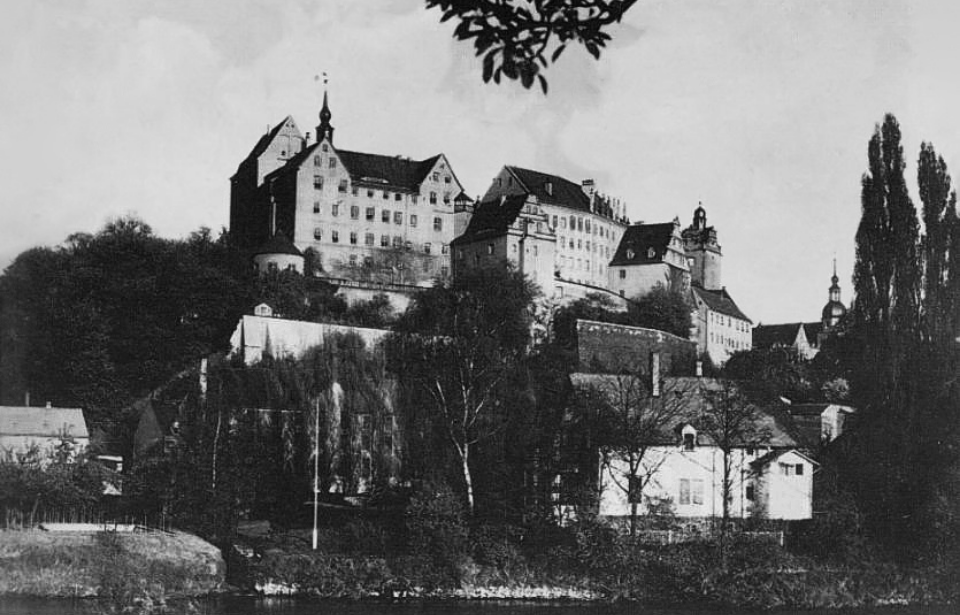Colditz Castle, located in the Saxony town of the same name, has a long history. Dating back to the Holy Roman Empire, it has been used for a number of different purposes, including as a prisoner of war camp by the Germans during the Second World War.
The Holy Roman Empire and the construction of Colditz Castle
The history of Colditz Castle dates back to around 1046, when Holy Roman Emperor Henry III gave the Burghers, part of the medieval bourgeoisie, permission to create the first documented settlement at the location. In 1083, Henry VI suggested building on the castle site, and in 1158 Emperor Frederick I made Thimo I the “Lord of Colditz,” after which major building projects began.
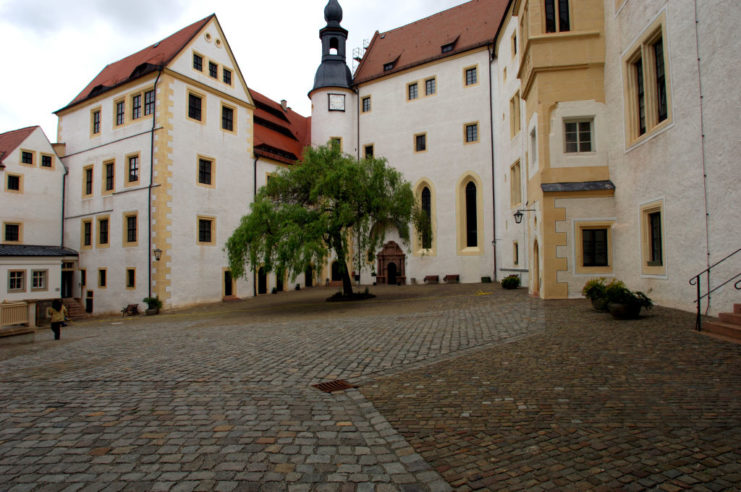
During the early part of the Middle Ages, the castle served as a lookout post. In 1404, Thimo VIII sold it for 15,000 silver marks to the Wettin ruler, putting an end to the reign of the Lords of Colditz.
The first attack was launched on Colditz Castle in 1430, when the Hussites attacked the town, setting the majority of it aflame. It wasn’t until 1464 that renovations were undertaken, by order of Prince Ernest.
Renovations and use as a mental hospital
Colditz Castle was once again the victim of a fire in 1504, when a baker accidentally set the building aflame. The blaze spread to the town hall, church and a large portion of the settlement, meaning reconstruction efforts had to, again, be undertaken. This began in 1506 and continued through to 1524, when the upper floors were rebuilt.
Around this time, the castle became home to the first wildlife park in Germany and one of the largest in Europe at the time.

During the reign of Augustus of Saxony, Colditz Castle was reconstructed in the Renaissance style, with the addition of a church house. Its purpose changed during the 19th century, when Frederick Augustus III used it as a workhouse to feed the ill, poor and those who had been arrested. It served as this until 1829, when it was turned into a mental hospital for the “incurably insane.”
For nearly 100 years, the castle served as a psychiatric hospital to treat those who were wealthy or from nobility. Between 1914-18, it also housed tuberculosis patients.
Colditz Castle becomes a prisoner of war camp
For many, Colditz Castle is infamous for being the site of Oflag IV-C, a prisoner of war camp that housed Allied officers during World War II. In 1933, the German government converted the property into a political prison for Jewish people, Communists, homosexuals and others they deemed to be “undesirable.”
Allied prisoners were sent there five years later, following the invasion of Poland.
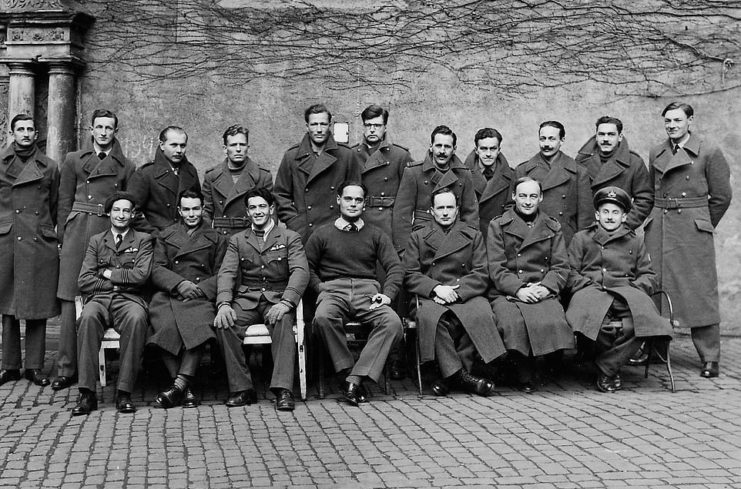
While the camp was initially home to PoWs from different Allied countries, the Wehrmacht High Command decided in May 1943 that it would only house British and American officers who’d manage to escape their imprisonment at other camps. The outer court was used to house a large German garrison intended to maintain order, while the prisoners lived in an adjacent courtyard surrounded by barbed wire. They were watched by armed sentries on overhead terraces.
The guard, which was primarily composed of World War I veterans and soldiers not fit for the front, held between three and four roll calls per day, and would alert local police if anyone was missing. Those who escaped were typically recaptured by members of the Hitler Youth.
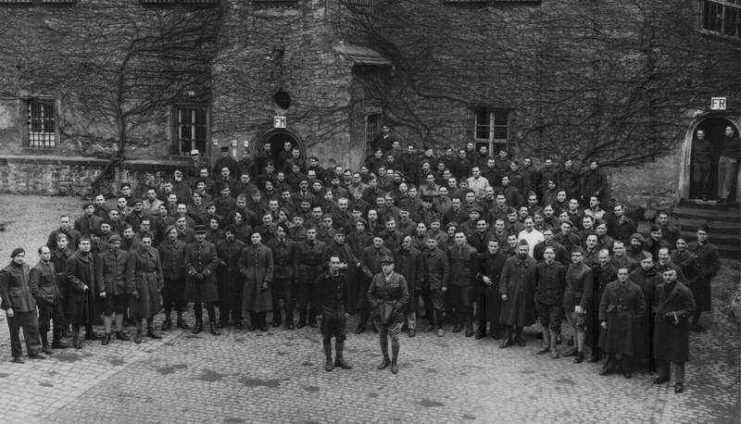
German soldiers followed the Geneva Convention at Oflag IV-C. Escapees were punished with solitary confinement, as opposed to execution, and prisoners were allowed access to Red Cross food parcels.
Life at Oflag IV-C
Those imprisoned at Oflag IV-C were largely in charge of their own entertainment. To keep themselves busy, prisoners would play music and hold performances of classic plays and homemade revues, produce moonshine, swap stories and play stoolball, a form of rugby. Polish prisoners even organized the first camp Olympics.
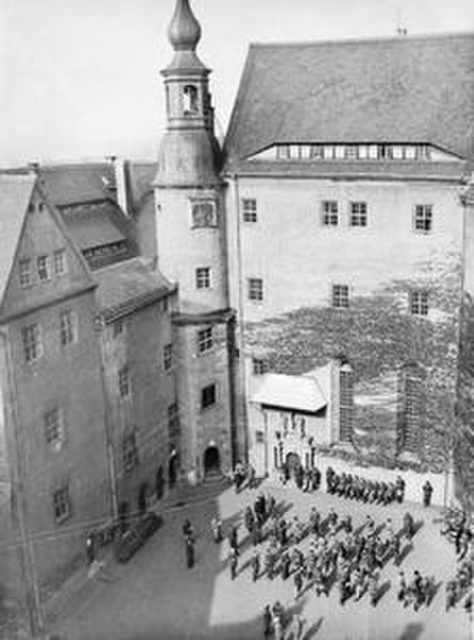
The primary reason Colditz Castle appealed to the Germans so much was their belief it was virtually inescapable. However, despite its designation as a high-security prison, it had one of the highest rates of successful escape attempts, with at least 33 Allied PoWs able to escape its barriers. Among those held there were British fighter ace Douglas Bader and New Zealand Army Captain Charles Upham.
During the winter of 1944-45, prisoners built and kept a glider in the castle’s attic, named the Colditz Cock. Intended to be used in an escape, it never actually saw flight, as Oflag IV-C was liberated not long after its completion.
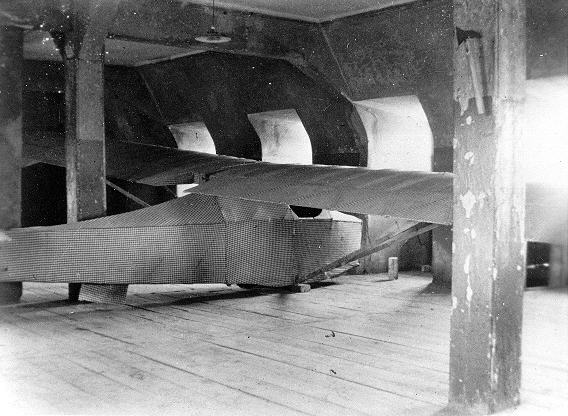
Liberation came in April 1945 at the hands of the 1st US Army. As the final battles in Europe neared the town, the prisoners began to worry they would either be the victims of an accidental Allied attack or killed at the hands of the SS. As such, they convinced their guards to secretly surrender and keep SS officers from entering. During this time, Heinrich Himmler ordered the camp’s high-ranking prisoners to be transferred to Laufen Castle, then known as Oflag VII-C.
After a two-day battle, the US forces were able to secure control of Colditz on April 16.
Colditz Castle is returned to its pre-war appearance
The Soviet Union began its occupation of Colditz in May 1945. Under the agreement made at the Yalta Conference, it became part of East Germany. During this time, the castle was used as a prison, then as a nursing home and hospital.
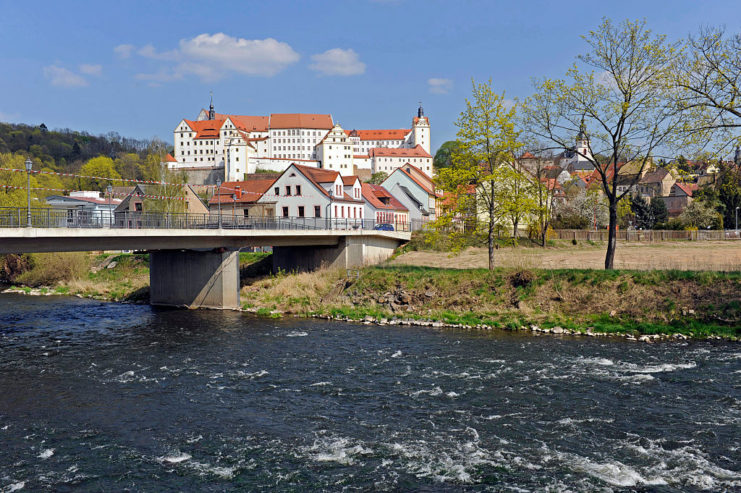
Between 2006-07, the walls of Colditz Castle were repainted to appear in the same state they were prior to WWII. The castle also underwent an extensive restoration. Since then, it’s been turned into a museum where visitors can go on guided tours of some of the tunnels built by prisoners while it was a PoW camp. As well, the outer courtyard has been converted into a youth hostel.
